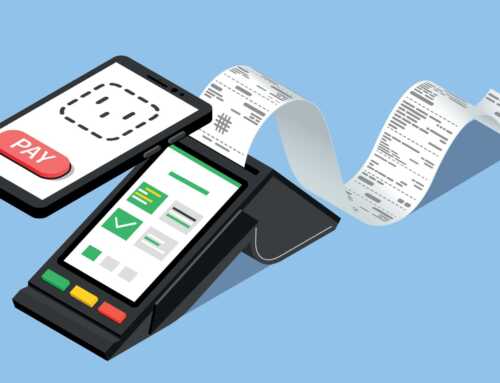When a print and mail shop implements a new MIS, they often migrate their existing data into it, as well as update specific data points. Once it’s up and running, the MIS serves as a valuable tool to manage the operations of the business but few shops review key data on a regular basis, which can result in lost revenues and opportunities.
Running on Autopilot
It’s easy to let a quality MIS run without thought. With the automation of key aspects of a mail shop, including order intake, scheduling, inventory management, and billing, the limited efforts needed to monitor and complete these tasks often means that their details fade into the background. As a result, key underlying data points and assumptions are ignored until it’s time to make a significant upgrade or completely replace the MIS.
On average, this occurs every 10 to 15 years. This is a long time to utilize stale information. Over time, these shops stop performing to their full potential, lose money and miss growth opportunities.
Lost Revenues
The biggest areas of lost revenue from running a print MIS on autopilot are:
- Under Reporting Supply Expenses. When supply vendors increase their prices, some shops forget to update these higher costs within the MIS. As a result, they lose money every time they fill an order.
- Under Billing Orders. As costs increase, pricing should reflect these changes simply to maintain the profit margin. Prices should also increase to reflect market standards and remain competitive. When a shop fails to update its pricing within its MIS, its profits shrink and they have limited funds to grow the business or replace old equipment, which leaves them in a vulnerable situation.
Lost Opportunities
With the MIS running on autopilot, shops often fail to evaluate whether:
- Certain Products are Worth Their Time. As the focus of a shop shifts over time, there may be some products that should be outsourced to other suppliers to increase internal capacity for more profitable products.
- Certain Products Should be Removed from the Service Menu. Products that are rarely ordered can cost more in time and disruption than their profit margins justify. Unless these products must be kept to retain a large, valued customer, removing them will streamline your systems and keep standard orders on schedule.
- Certain Products Should be Added to Stay Relevant. Being responsive to market trends is necessary for staying relevant in the marketplace. Shops that run their MIS on autopilot often lag behind their competitors and lose market share.
Keep your MIS Updated
Your MIS is a valuable tool that can save time, reduce expenses, increase profits and help you deliver great customer service. However, it needs to be regularly updated for you to receive these benefits on an ongoing basis. Tasks you should schedule are:
- Audit of supplies and other costs to assure that the data in the MIS accurately reflects current expenses. This is also a great way to review vendor costs, identify price creeps, and consider additional options.
- Audit of pricing to assure that it maintains your desired profit margins and reflects actual costs. Now is a good time to do a market price comparison to see if you are in line with your competitors.
- Evaluate offered products for internal and customer value. Your MIS produces reports that can help you identify which are your high-demand products, those that have a shrinking profit margin and should be outsourced, and those with low demand and should be dropped.
- Conduct a trend study to determine what people want and decide which of these you want to provide. Staying relevant is key to long-term success and market viability. Don’t shy away from taking on new opportunities because it could become your next great niche product.
How often you do these tasks will depend on your operations but don’t put them off or think of them as a one-time activity. Only ongoing vigilance and adaptation will keep your MIS truly representational of your operations, which allows you to be responsive to your current and future customers.
At Print Reach, we offer MIS for print shops of all shapes and sizes and we’ve seen shop after shop using stale data until we install their new system. Don’t wait for this type of change to get the most from your MIS. Instead, review assumptions and key data points on a regular basis so it can truly support the growth and success of your business.















